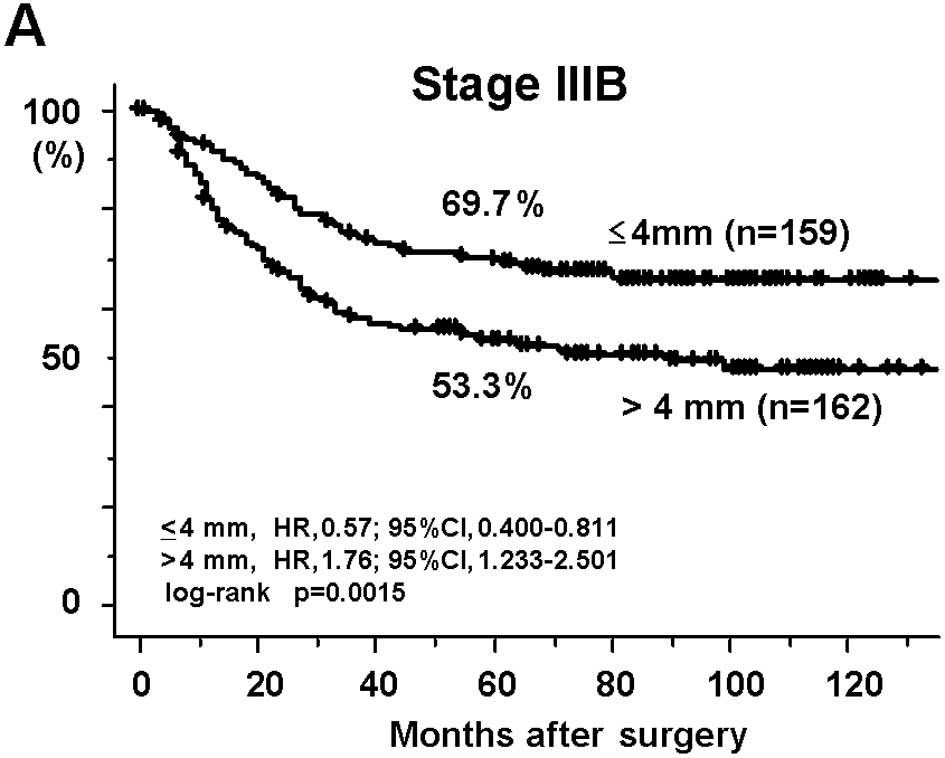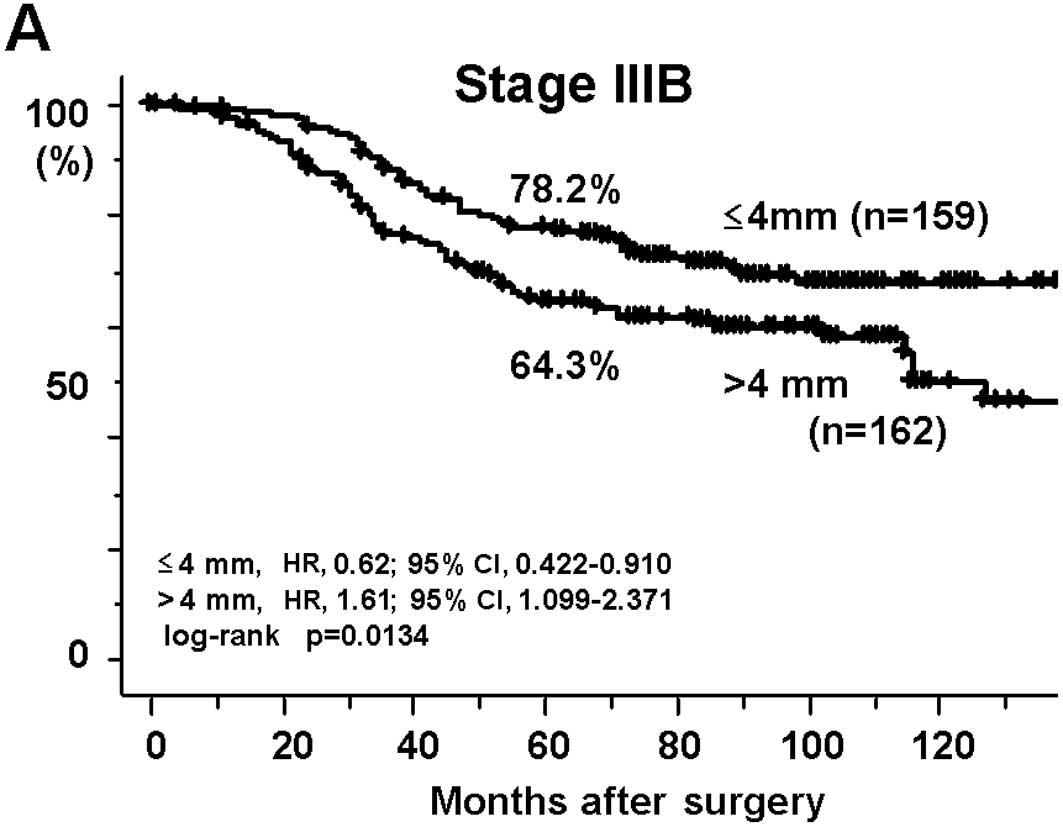Spandidos Publications style
Akagi Y, Shirouzu K, Fujita S, Ueno H, Takii Y, Komori K, Ito M and Sugihara K: Benefit of the measurement of mesorectal extension in patients with pT3N1-2 rectal cancer without pre-operative chemoradiotherapy: Post-operative treatment strategy
. Exp Ther Med 5: 661-666, 2013.
APA
Akagi, Y., Shirouzu, K., Fujita, S., Ueno, H., Takii, Y., Komori, K. ... Sugihara, K. (2013). Benefit of the measurement of mesorectal extension in patients with pT3N1-2 rectal cancer without pre-operative chemoradiotherapy: Post-operative treatment strategy
. Experimental and Therapeutic Medicine, 5, 661-666. https://doi.org/10.3892/etm.2012.858
MLA
Akagi, Y., Shirouzu, K., Fujita, S., Ueno, H., Takii, Y., Komori, K., Ito, M., Sugihara, K."Benefit of the measurement of mesorectal extension in patients with pT3N1-2 rectal cancer without pre-operative chemoradiotherapy: Post-operative treatment strategy
". Experimental and Therapeutic Medicine 5.3 (2013): 661-666.
Chicago
Akagi, Y., Shirouzu, K., Fujita, S., Ueno, H., Takii, Y., Komori, K., Ito, M., Sugihara, K."Benefit of the measurement of mesorectal extension in patients with pT3N1-2 rectal cancer without pre-operative chemoradiotherapy: Post-operative treatment strategy
". Experimental and Therapeutic Medicine 5, no. 3 (2013): 661-666. https://doi.org/10.3892/etm.2012.858
















